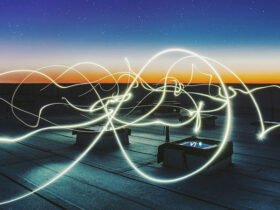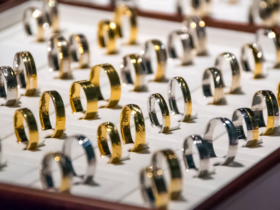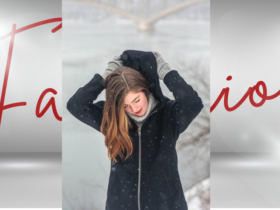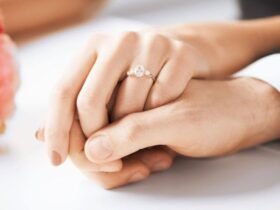The concept of beauty has been a chameleon throughout history, adapting and evolving with the passage of time and shifts in societal values. What is considered beautiful has varied dramatically from one culture to another, influenced by a myriad of factors including geography, social structure, and access to resources. This exploration into the evolution of beauty standards reveals a fascinating journey, illustrating how perceptions of beauty have been molded by the cultural, economic, and environmental contexts of their times.
Historical Perspectives on Beauty
In ancient civilizations, beauty standards were deeply intertwined with social and religious beliefs. The Egyptians, for instance, adorned themselves with intricate jewelry and elaborate hairstyles, not merely as fashion statements but as expressions of social status and religious devotion. In contrast, the Greeks idealized physical perfection, sculpting their gods and athletes with symmetrical features and muscular physiques, embodying their ideals of balance and harmony.
As we journey through the Renaissance, beauty takes on a more voluptuous form, reflecting the era’s fascination with the human body and its capabilities. This period celebrated full figures, with artists like Botticelli and Titian portraying women with curves as the epitome of beauty and fertility.
Cultural Diversity in Beauty
The beauty mosaic becomes even more complex as we consider the vast array of cultural perspectives. In many African societies, beauty is often expressed through body art, scarification, and elaborate hairstyles, each with its own deep cultural significance. Meanwhile, in parts of Asia, traditional beauty ideals have often valued pale skin, which is associated with a noble life indoors, away from manual labor under the sun.
This diversity in beauty standards underscores the rich tapestry of human culture, reminding us that beauty is indeed in the eye of the beholder, shaped by the lens through which one views the world.
The Modern Melting Pot of Beauty
Today’s globalized world has led to a melting pot of beauty standards, with the internet and social media platforms enabling an unprecedented exchange of beauty ideals and practices. Yet, even as certain standards appear to dominate, there’s a growing movement celebrating diversity and challenging traditional norms. This includes the recognition of beauty in survival and resilience, such as the stories of individuals who have experienced significant trauma, including those who have endured a degloved face. Their journeys of recovery and the support they receive highlight a broader, more inclusive definition of beauty—one that values the strength and perseverance of the human spirit.
Conclusion
As we continue to evolve, so too will our perceptions of beauty. By understanding and appreciating the fluid nature of beauty standards, we can celebrate the diversity and complexity that make up the human experience. Beauty, in its essence, is a reflection of the times, a beacon of the cultural, social, and economic climates from which it emerges. It is a concept that transcends physical appearances, encompassing the stories, struggles, and triumphs of individuals across the globe. The evolution of beauty standards is a testament to humanity’s endless capacity for change, adaptation, and inclusivity.













